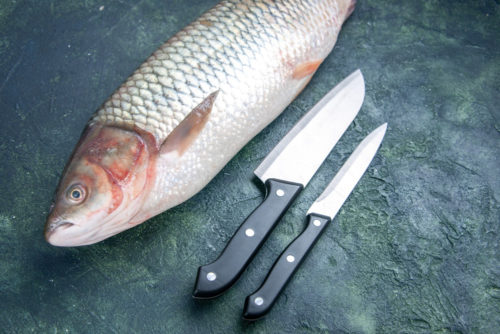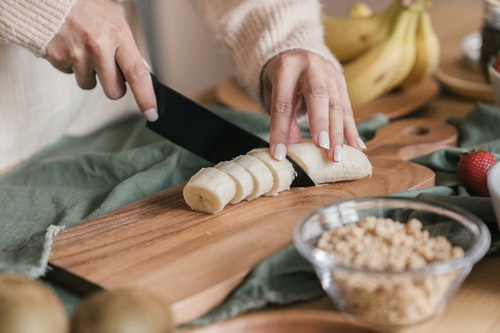Creating a traditional Japanese knife handle, known as a ‘wa-handle,’ is an art that enthusiasts and professional chefs alike can appreciate. The intricate details and the process involved are what make the journey so rewarding. In this article, we will explore the step-by-step process of how to make a Japanese knife handle, sharing tips and insights along the way.

Understanding the Components of a Japanese Knife Handle
Before diving into the crafting process, it is essential to understand the components of a Japanese knife handle. The primary parts include:
- The Tang: The metal part of the knife blade that extends into the handle.
- The Handle Material: Usually wood, this encases the tang.
- The Ferrule: A reinforcing ring that prevents the handle from splitting under pressure.
Choosing the Right Wood
The choice of wood is critical in crafting a Japanese knife handle. Common options include:
- Magnolia
- Walnut
- Chestnut
Each type of wood has its characteristics that affect the knifes balance and grip.

Tools and Materials You’ll Need
To create your Japanese knife handle, gather the following tools and materials:
- Knife Blade (with tang)
- Wood Block of Your Choice
- Ferrule (usually resin or metal)
- Woodworking Tools (saws, chisels, sandpaper)
- Adhesive
Preparing Your Workspace
Ensure your workspace is clean and organized. Having an uncluttered area helps in focusing better on the detailed work required.

Steps to Craft the Japanese Knife Handle
Step 1: Preparing the Wood Block
Cut your chosen wooden block to a manageable size, slightly larger than the tang of the knife blade.
Step 2: Drilling the Tang Hole
Using a drill bit slightly smaller than the tang, drill a hole through the length of the wood. This hole should be deep enough to accommodate the entire tang.
Step 3: Fitting the Ferrule
Secure the ferrule onto the wood block. Ensure it fits snugly and symmetrically.
Step 4: Shaping the Handle
Using woodworking tools, shape the wood block into a handle. The handle can be octagonal, oval, or round, depending on your preference.
Step 5: Sanding
After achieving your desired shape, sand the handle progressively using finer grit sandpaper to smooth any rough edges.
Step 6: Assembling the Handle and Blade
Apply adhesive to the tang and insert it into the drilled hole. Ensure it fits securely and wipe off any excess adhesive.
Step 7: Final Touches
Allow the adhesive to dry completely before making any final adjustments. Once dry, sand and polish the handle for a perfect finish.
Maintenance Tips
Maintaining your Japanese knife handle is as important as making it. Regularly oiling the wood keeps it in excellent condition and extends its life.
FAQs About Making Japanese Knife Handles
What is the Best Wood for a Japanese Knife Handle?
Magnolia, walnut, and chestnut are popular choices for their durability and ease of working.
Can I Make a Wa-Handle without Prior Woodworking Experience?
Yes, with the right tools and a bit of patience, beginners can successfully create a Japanese knife handle.
How Long Does it Take to Make a Japanese Knife Handle?
The time required can vary, but typically, it takes a few hours spread across a day or two, considering drying times for the adhesive.
Further reading: Chef knife sharpening, Serbian chef knife, and Sharpen fillet knife.
For a deeper understanding of kitchen knives, visit this resource on types of kitchen knives.
As an Amazon Associate, I earn from qualifying purchases.


